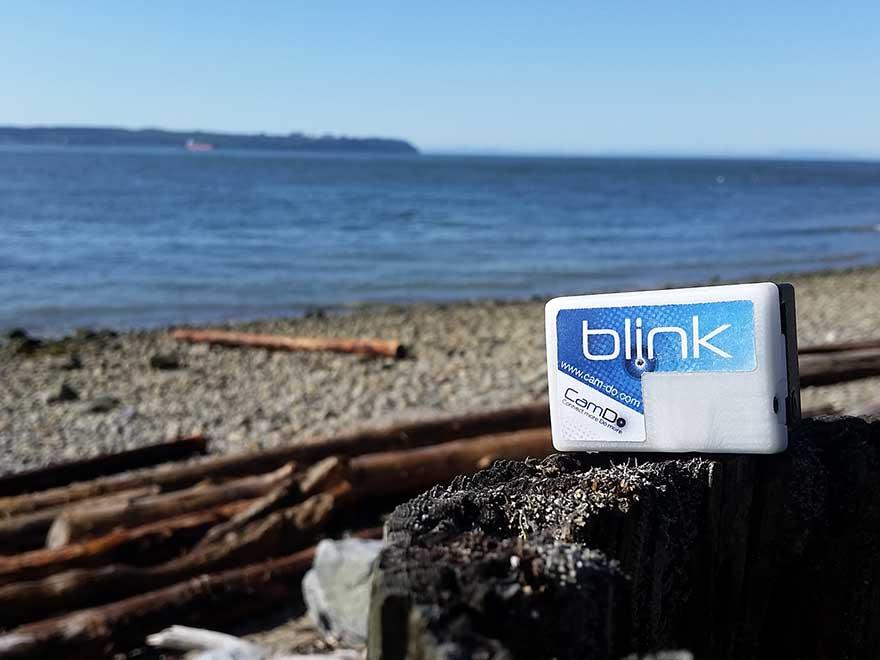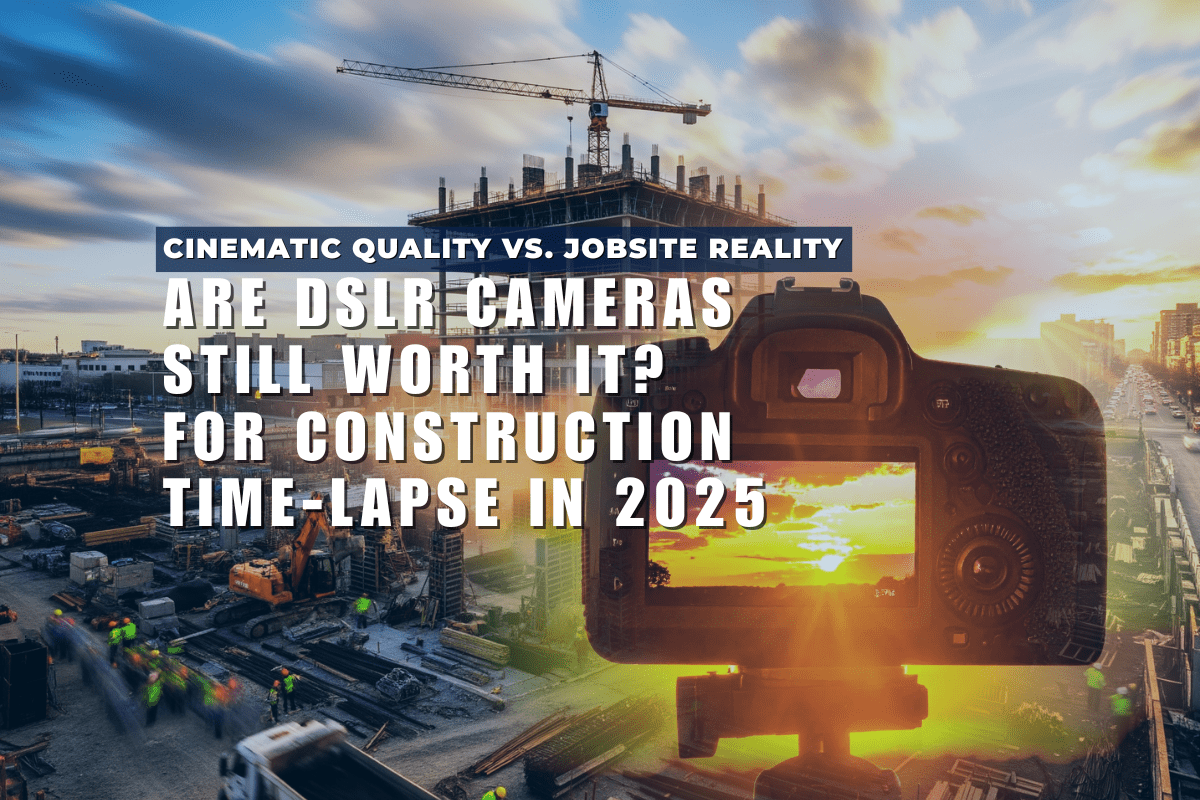Hey everyone, I’m excited to tell you that our new time lapse controller, Blink, is finally here! Blink was designed to be a direct replacement for our Programmable Scheduler (PS), Time Lapse Intervalometer (TL), and Motion Detector (MD) rolled into one product. This means that it has the capability for scheduled time lapse, as well as scheduled motion detection (sensor sold separately). It also has an intuitive browser based interface to help you manage these schedules.

In talking to our customers, the main drawback of our old Programmable Scheduler and Intervalometer products was the programming interface which could be complicated depending on what you were trying to achieve. To address this, our new Blink product utilises a simple web interface which allows complete programming/scheduling and statusing of the GoPro via a smartphone, tablet or any other WiFi enabled device. This allows effortless programming and statusing in a matter of seconds.
Blink incorporates 1 x 3.5mm audio jack which can interface with and power external shutter triggering devices such as our PIR or X-band motion detectors and a 1 x 2.5mm audio jack that can be configured as an output to drive other downstream devices such as the CamDo Bullet allowing multiple cameras to be triggered simultaneously. This opens up a world of new use cases so our customers can capture even more unique footage. A mini USB input allows power to be supplied to both Blink and the camera so that the camera internal battery can be removed and the Blink ‘heartbeat’ feature to be used. This feature monitors camera health and if it stops responding performs a hard reset by dropping power to the camera and rebooting.
To commemorate the release of Blink, I’m going to talk a bit about the benefits of using Blink with regards to power consumption.
The GoPro HERO4 cameras have a built-in time lapse feature with a maximum interval of 60 seconds. In order to use this feature, the camera must be on at all times which will consume a significant amount of power. In some installations, this may not be a problem since the camera can be plugged into a permanent power source. For other cases where permanent power is not an option, the camera will be wasting precious battery resources during the times when the camera is idling.
I decided to run a test with a HERO4 Silver camera set to the built-in 60 second time lapse interval to see how much power is consumed. The graph below shows the power consumed over 4 minutes:

The spikes in the graph show where the images are taken. As you can see, the nominal current consumption when no images are taken is roughly 0.93 W. Even if no images are taken, the camera will run out of battery in less than 5 hours!**4.4Wh battery I then did a second test using the same camera and Blink set to a 60 second time lapse. The graph below shows the power consumption over a 4 minute span:

Comparing the two graphs, there is a drastic decrease in the amount of power consumed during the idle times because Blink turns off the camera in between intervals. During sleep mode, the camera and Blink only consume a measly 0.025W! For users who want to maximize their battery life while still capturing the footage they love, Blink will help them achieve their goal.
Keep a look out for some exciting new updates that we’ll be releasing for Blink. These updates will include features for even less power consumption, as well as the ability for Blink to send emails regarding the status of your schedules directly to your inbox!
DON'T BE SHY... SEND US YOUR FOOTAGE!
Have you used our products for one of your time lapse projects? Send it our way at marketing@cam-do.com. We might even feature it on our website or blog (with your permission, of course). With so many applications (and so many creative CamDo customers), it's great to show how our customers are utilizing CamDo Solutions products.


